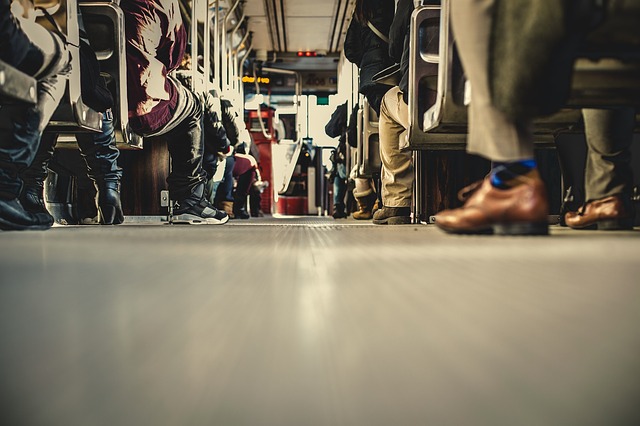 Times have been challenging for the intercity bus market in the United States. Between lower fuel prices tempting more potential passengers to drive their cars, and cheaper rates from airplanes, many bus providers have lost revenue over the past year. During the first half of 2017, intercity bus traffic is estimated to have dropped by as far as 8%. However, there is a light at the end of the tunnel. Several developing trends in 2017 seem to spell a promising rebound for the US intercity bus industry.
Times have been challenging for the intercity bus market in the United States. Between lower fuel prices tempting more potential passengers to drive their cars, and cheaper rates from airplanes, many bus providers have lost revenue over the past year. During the first half of 2017, intercity bus traffic is estimated to have dropped by as far as 8%. However, there is a light at the end of the tunnel. Several developing trends in 2017 seem to spell a promising rebound for the US intercity bus industry.
The Cost of Cheap Fuel for Intercity Buses
With the average price of gas being $2.34 per gallon across the country, many Americans are more willing to drive further distances to get to their destinations. Unfortunately, this creates a snowball effect, where many bus operators around the country close routes due to decreased demand, which ends up forcing people in these communities to drive. According to research by a DuPaul University study, most Americans prefer to drive for distances under 100 miles, and fly for distances over 400 miles, and distances in between are the most ideal for buses or trains. As the price of fuel decreases, the distance Americans are willing to drive to by car increases. This is compounded by the fact that eight of the 50 most heavily-traveled routes between cities 120 to 400 miles apart in America have lost either express bus or Amtrak service since 2014.

Projected Trends for 2017/2018
Even with its struggles, the intercity bus industry has remained a strong presence on American roads. With approximately 62 million passengers, intercity bus travel is nearly double the size of Amtrak. Several trends, such as the federal government’s efforts of connecting rural America to public transportation with its Section 5311 program, aim to expand the industry.
The price of oil has been steadily increasing over the past year from $31.68 in January 2016 to as high as $52 in early 2017. This trend is likely to see a resurgence of more people using intercity buses as it becomes less cost-effective to drive. The promise of an improving economy by the end of the year, with the national GDP growing by 2.1%, is also expected to improve intercity bus traffic. DuPaul researchers project that megabus and Greyhound, despite having a decline in 2016, will both experience a 3% revenue growth by the end of 2017.
The intercity bus industry has been particularly strong in the Northeast. The region continues to be a major hot spot for intercity buses, with GoBus entering the fray as the fifth carrier to offer service from Boston to Washington, DC, along with BoltBus, Greyhound, Peter Pan, and Megabus.
How Planners can Support Public Transportation
Researchers at DuPaul University suggest that city planners around the country look to cities, such as Washington, DC, Boston and Denver to find ways to improve public transportation. These cities provide centrally located bus stations, which helps relieve congestion around curbside pickup locations. They also look at Amtrak’s Thruway Bus Network Program that connects passengers on buses and trains. States, such as California and Oregon, have experienced an increase in ridership because of the program.
Share this post: